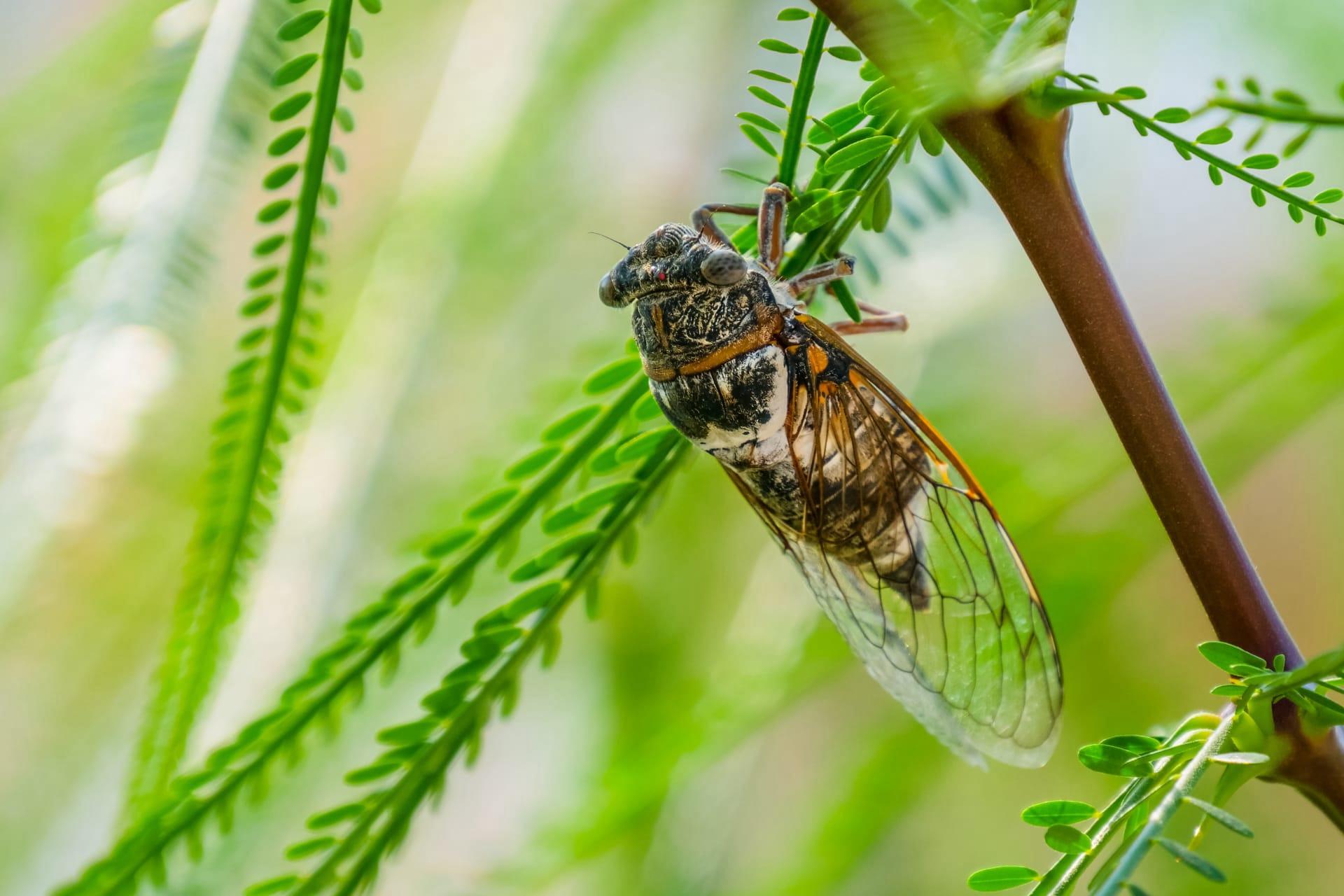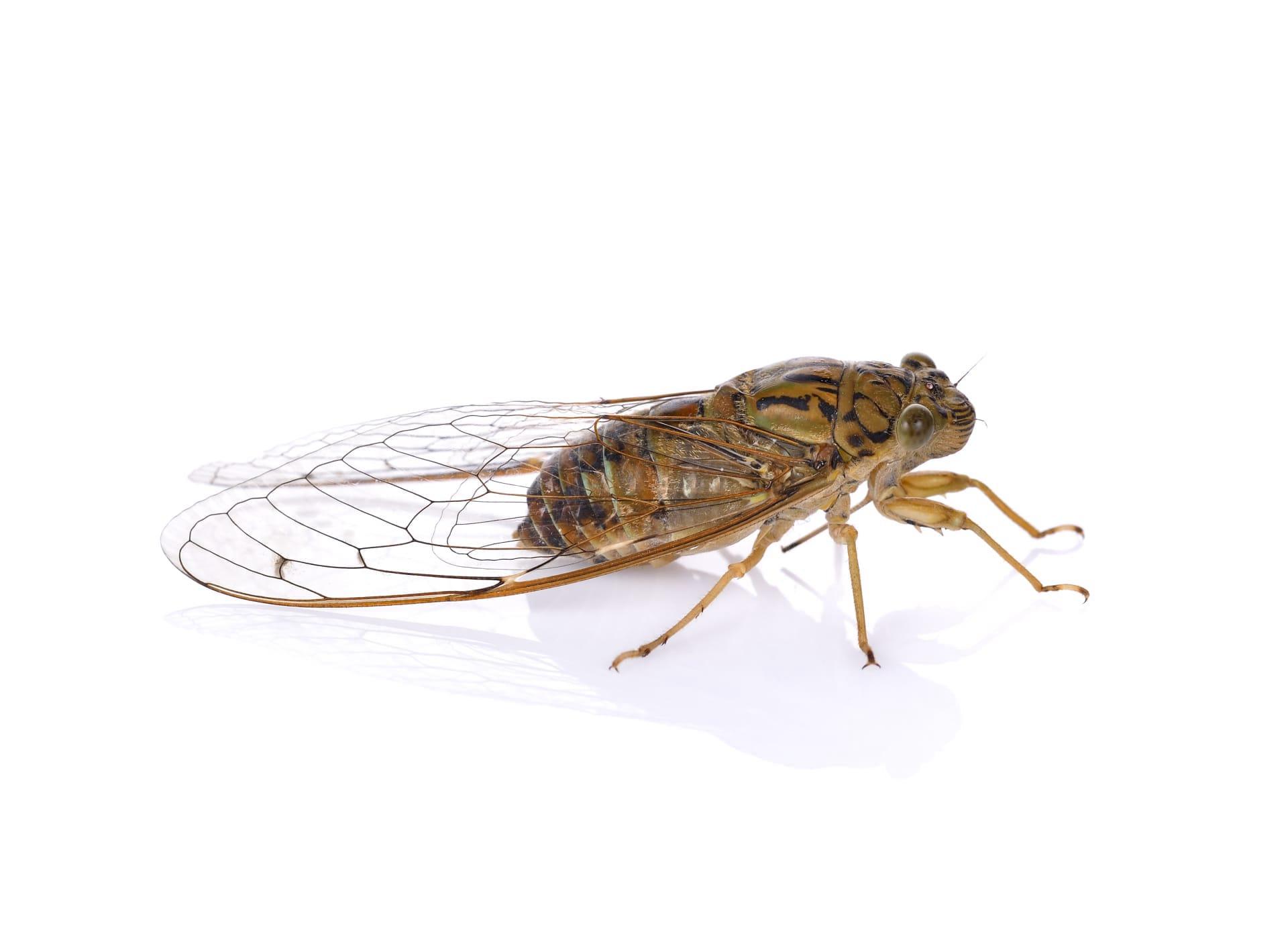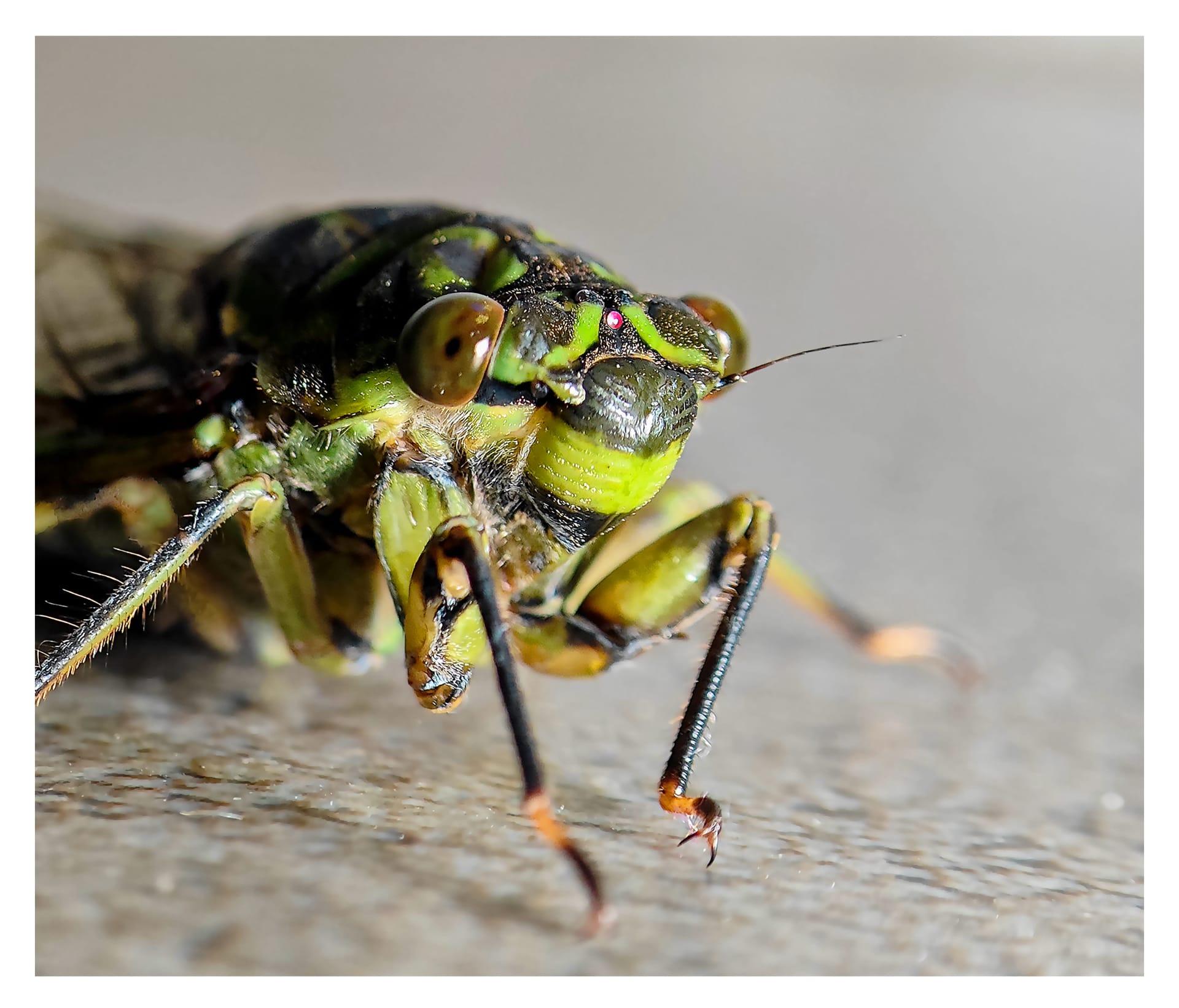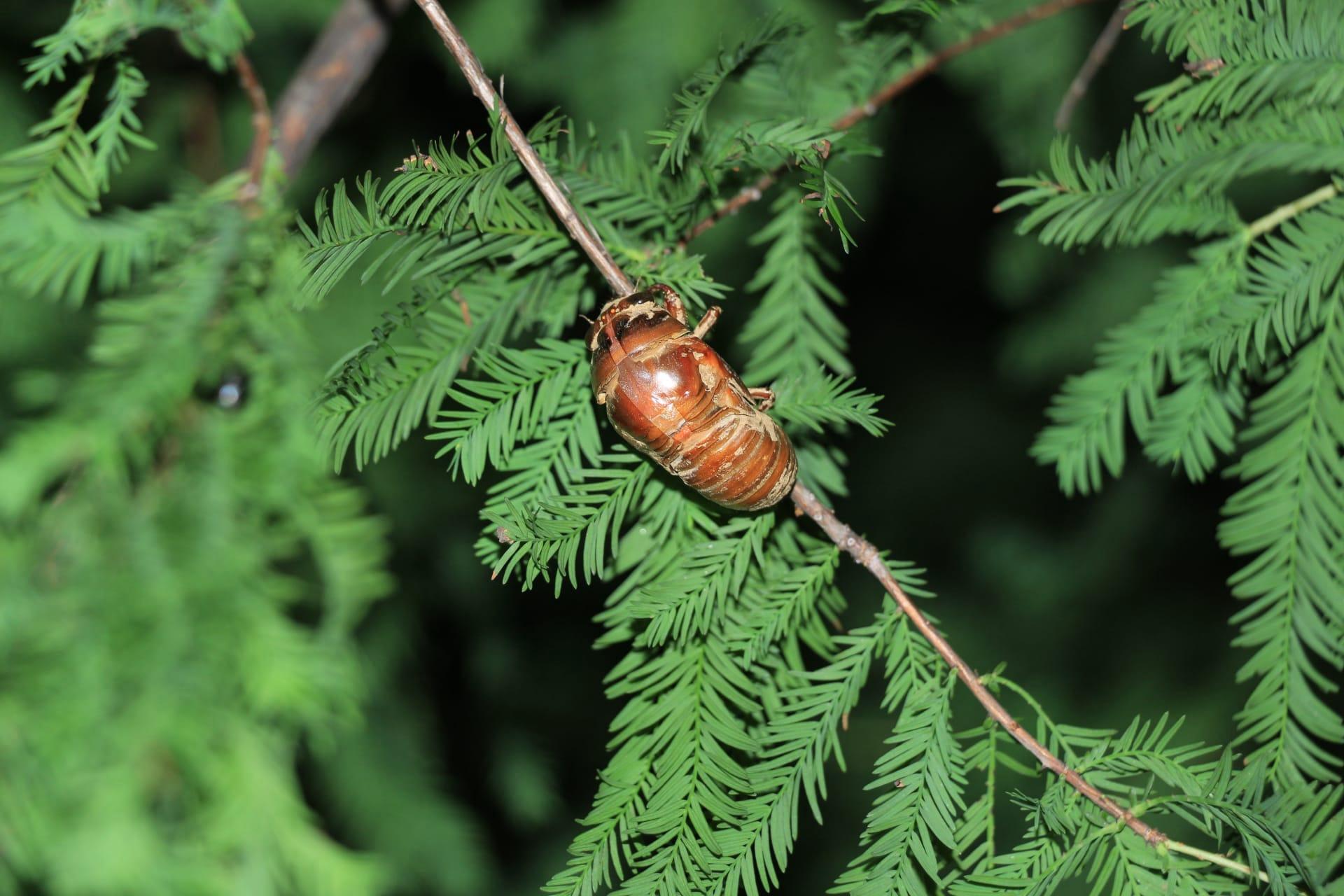Cicada
- Home /
- Mini Encyclopedia /
- Animal /
- Cicada
1
Cicadas, belonging to the family Cicadidae, are a fascinating group of insects known for their distinctive sounds. They are classified into two primary groups: the Dogday Cicadas, typically found in North America, and the Periodical Cicadas, famous for their synchronized life cycles. Dogday Cicadas, like Neotibicen canicularis, have a shorter life cycle of 2 to 5 years, while Periodical Cicadas, such as Magicicada septendecim, have a prolonged 13 or 17-year cycle. These life cycles are remarkable in the insect world for their length and synchronization.
Cicadas are widespread, with over 3,000 species globally. In North America, the eastern states are a hotspot for Periodical Cicadas, especially the Magicicada species. These insects are also found in Australia, where species like the Green Grocer, Cyclochila australasiae, are common. Asia, too, is home to various species, including the Chinese Cicada, Cryptotympana atrata. Their distribution is largely influenced by climate and vegetation, with most species thriving in temperate and tropical regions.

2
Question: Do cicadas emerge every year?
Answer: A common misconception about cicadas is that they all emerge simultaneously every 13 or 17 years. In reality, while Periodical Cicadas (Magicicada species) do emerge in massive groups every 13 or 17 years, Dogday Cicadas (Neotibicen species) appear almost every summer. The Periodical Cicadas have synchronized life cycles, resulting in large emergences known as 'broods', which attract significant attention due to their sheer numbers and collective noise. However, annual cicadas, with shorter life cycles, ensure that cicadas are actually seen and heard in varying numbers each year.

3
Cicadas employ unique survival strategies. One key strategy is their prolonged developmental period. Periodical Cicadas, for instance, spend most of their life underground as nymphs, emerging only after 13 or 17 years. This long developmental phase helps them avoid synchronization with predator population cycles, thereby reducing predation risks. When they do emerge, their sheer numbers overwhelm predators, ensuring that enough cicadas survive to reproduce.
Another survival tactic is their sound. Cicadas are among the loudest insects, with some species reaching up to 120 decibels. This sound serves multiple purposes: it attracts mates, communicates with other cicadas, and can even deter some predators. Their distinctive mating calls are a critical part of their reproductive strategy, as female cicadas are drawn to the calls of males, enabling mating and the continuation of their life cycle.

4
In ecosystems, cicadas play several crucial roles. They are important as prey, forming a significant food source for various animals, including birds, mammals, and reptiles. Their emergence provides a feast, especially during the mass emergences of Periodical Cicadas. This abundance of food can temporarily boost predator populations and influence local food chains.
Cicadas also contribute to the ecosystem as nutrient recyclers. When they die, their bodies decompose, returning vital nutrients to the soil. This enhances soil quality and benefits plant growth. Additionally, the burrowing activity of cicada nymphs aerates the soil, improving water infiltration and root growth, thereby supporting overall ecosystem health.

5
Film: "Cicada Song: The Insect Symphony" is a notable documentary from the United States, released in the 2010s. It explores the life and impact of cicadas, particularly focusing on the Periodical Cicadas. The film offers insights into their unique life cycles, the ecological roles they play, and the cultural fascination surrounding their mass emergences.
Book: "Cicadas of North America" by David Marshall and Kathy Hill, published in the United States in 2017, is an extensive guide to the cicadas of the region. It covers species identification, life cycles, and distribution, providing readers with a comprehensive understanding of these insects.
Book: "The Song of the Cicada" by Thomas H. Q. Powell, a British author, published in 2020, delves into the cultural and natural history of cicadas. This book combines scientific research with cultural anecdotes, offering a multifaceted view of cicadas and their significance in various cultures.